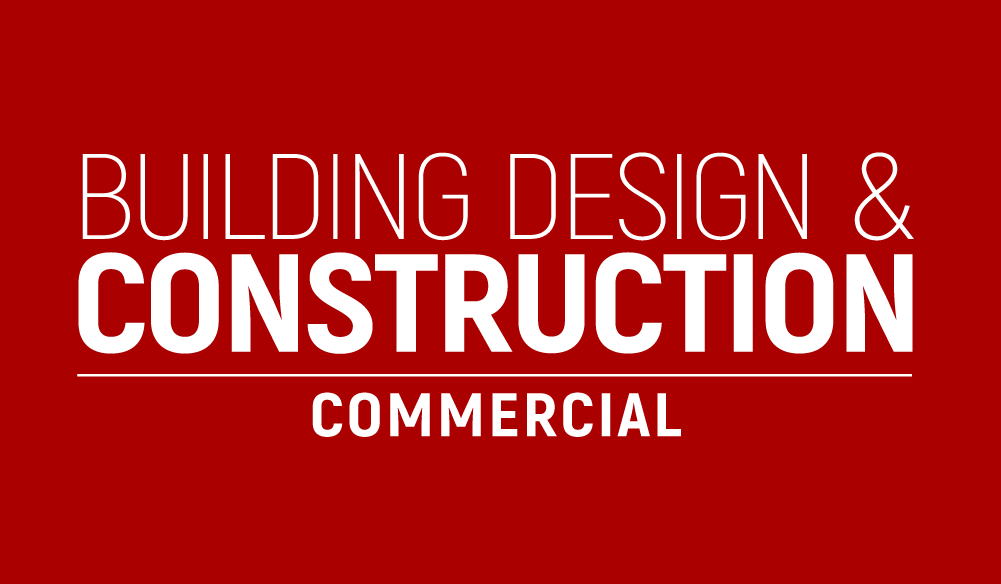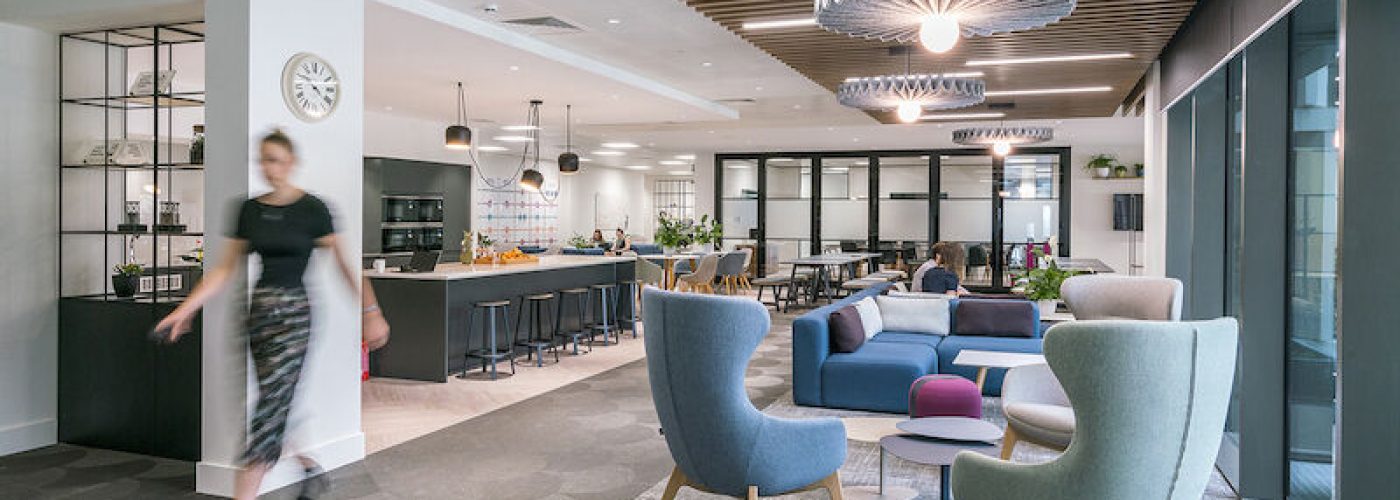The real estate industry has an opportunity to embrace inclusive design and make workplaces more appropriate, according to a new report.
The analysis, from global real estate advisor CBRE, found that despite many organisations striving to improve diversity, equity and inclusion through new policies and culture, a third (32%) of respondents felt that inclusive design was ‘not important at all’ or ‘not relevant’ to real estate.
As well as considering the physical or ‘built’ environment, the report – Building Belonging – highlighted that human and digital components must be considered when planning a space. For example, in addition to physical elements such as designated collaborative and quiet areas, the human desire to socialise and the need for appropriate training on digital tools must be considered in order for a space to be fully inclusive and accessible for all.
Jennet Siebrits, Head of UK Research, CBRE, said: “Inclusive design benefits everyone and is incredibly important in attracting a diverse range of talent to the workplace. A workplace that promotes inclusion enables all employees to feel welcome and perform at their best, but sadly incorporating inclusive design remains a relatively low priority for office occupiers, despite its growing importance for organisations to attract and retain diverse talent.
“We know that there are several factors contributing to employees leaving their jobs, including lack of flexibility, salary and poor management. However, a primary reason that continually leads to attrition is a toxic workplace culture, suggesting that lack of inclusion and respect are common deciding factors. People don’t stay where they don’t feel they belong, and the pandemic has only magnified this. Making a space usable, flexible and adaptable through inclusive design is key to supporting people.”
The CBRE report identified five key areas where organisations can overcome barriers to inclusive design:
- Senior leadership buy-in
For behaviours, mindsets and values to truly change, leadership teams must lead by example. If leaders understand the benefit of initiatives before they are launched, they can be instrumental in promoting and championing these.
- Creating a baseline
Organisations should take the time to understand their situation as a first step towards identifying gaps, for example by undertaking an assessment by engaging with stakeholders, employee networks or engaging a specialist.
- Keep up-to-date on new ideas
Organisation should consider connecting with local charities and organisations with the resources to help to accelerate progress.
- Consider inclusive design throughout the entire property lifecycle
Opportunities to consider inclusion are not limited to refurbishing an office. For example, when selecting a new office building it’s important to consider its location in terms of accessible transport links and access to nearby green space.
- Engage a specialist consultant
Engaging an expert consultant can help to navigate inclusive design and ensure the latest legislation and best practice guidelines are adhered to.
Georgina Fraser, Head of Human Capital at CBRE, added: “The spaces that we design and manage should be deliberately and thoughtfully created for people to feel safe and that they belong, while enabling them to do their best work. We need to create and maintain spaces that do this for all users, regardless of age, gender, ability, neurodiversity, ethnicity, religion, sexual orientation, gender identification or reassignment. Now, more than ever, offices must be destinations that people want to work in; they must now compete with home-working and the hyper-personalisation that provides. It is a great time to ensure inclusion is at the heart of post-Covid workplace strategy, design and operation.”
Building, Design & Construction Magazine | The Choice of Industry Professionals





